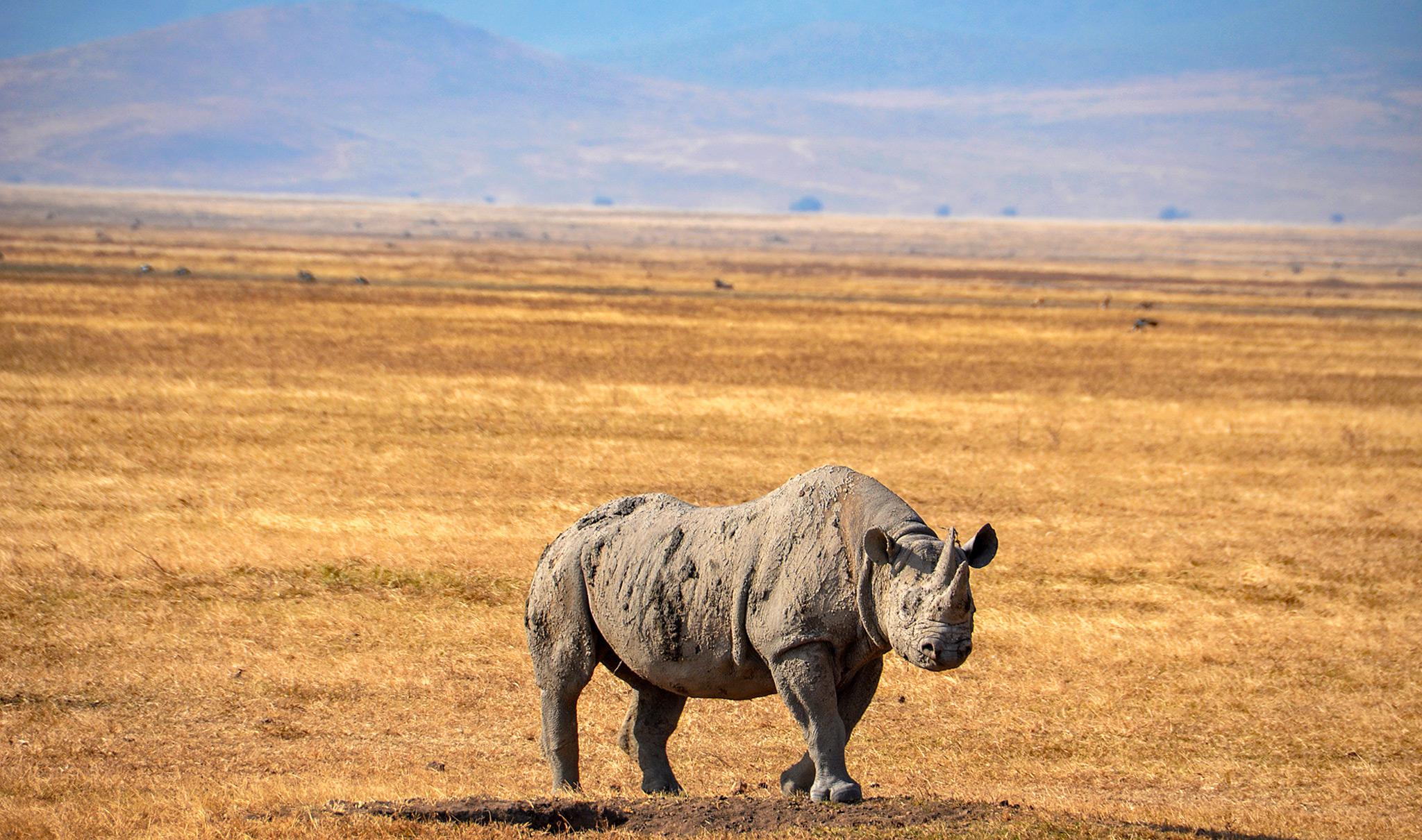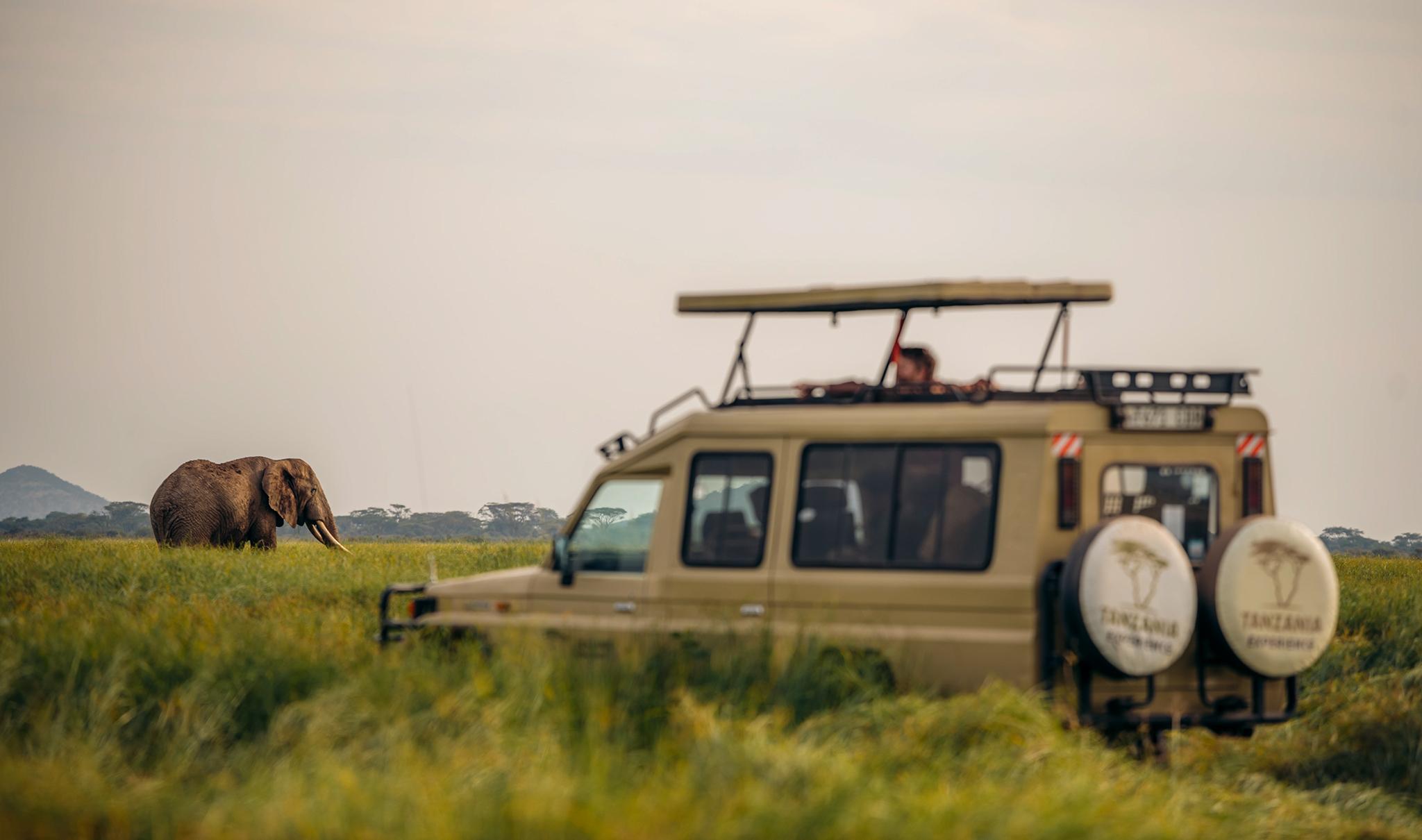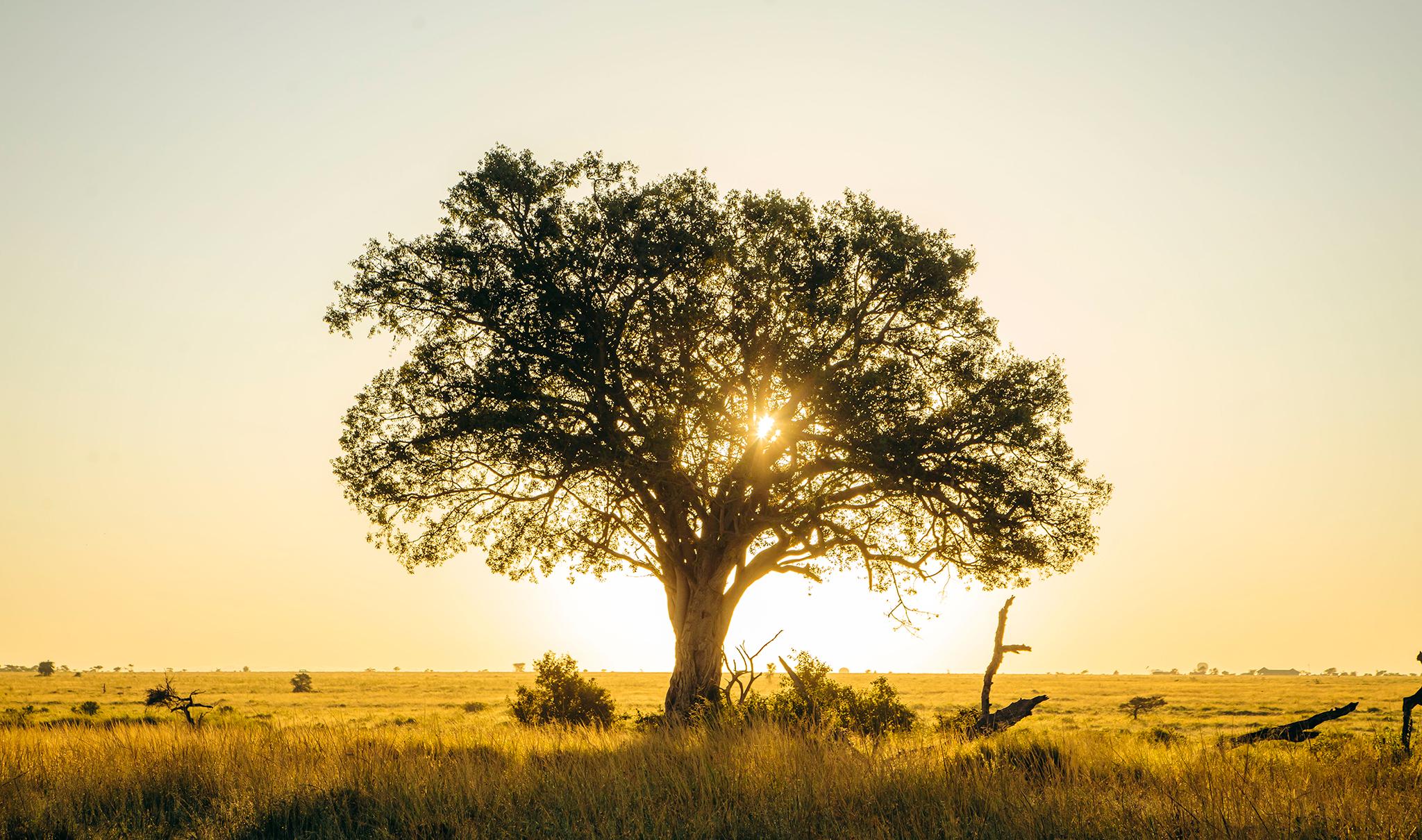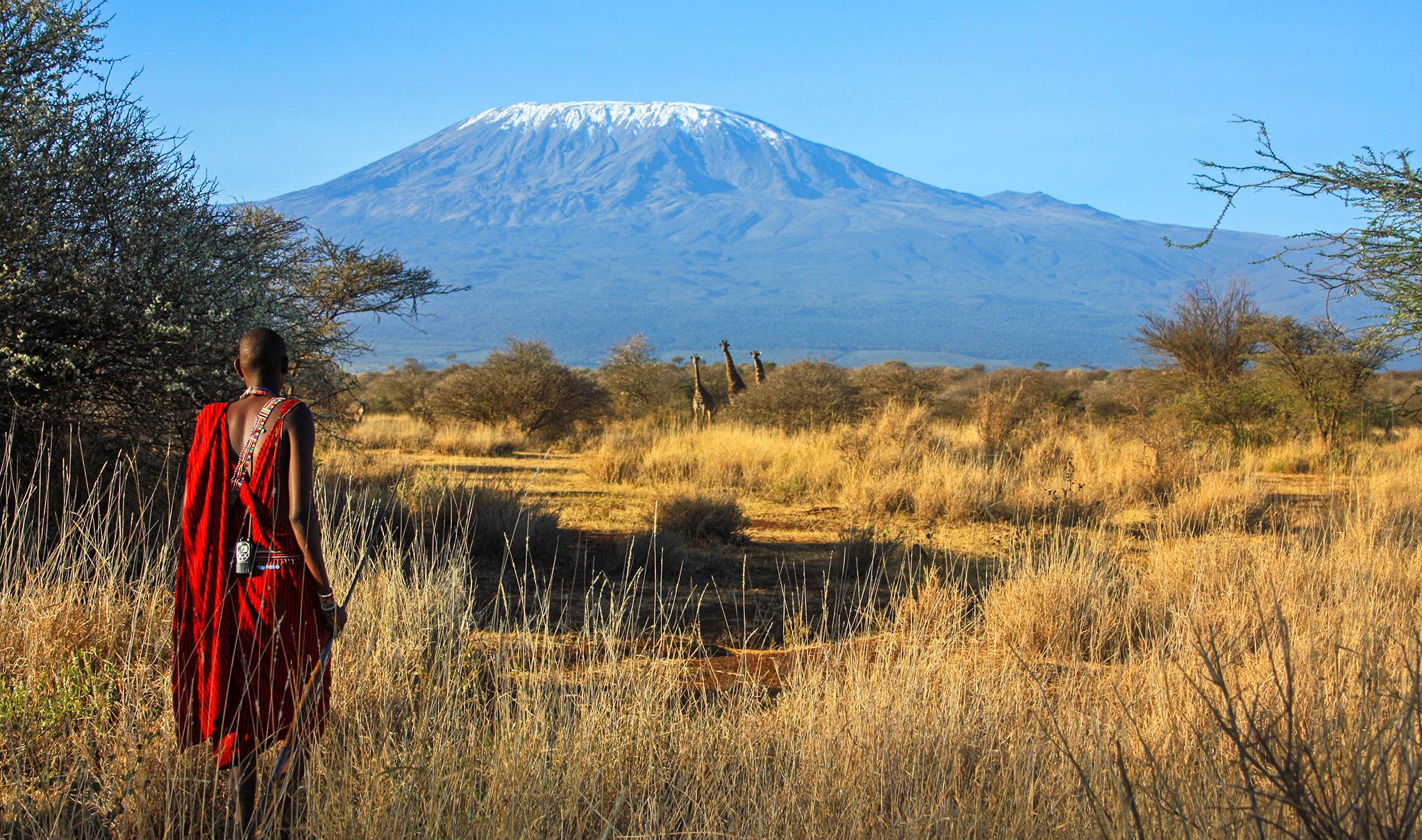If you are on safari in Tanzania, you may have a check list to tick off the animals you’ve seen on game drives. One of those checklists is usually the Big Five checklist. The Big Five are five of the deadliest animals to hunt in Africa. This dates back many years ago, when hunting – sadly – started to pick up here on the continent.
Today luckily, the Big Five list serves as a photographic list rather. Who are the lucky five, you ask? Lion, leopard, African elephant, cape buffalo and finally the black or white rhino. The hardest one to spot is the rhino, for a very sad reason. Its numbers have been heavily depleted throughout the African continent due to illegal poaching.
In northern Tanzania, black rhinos are found in the Serengeti National Park and the Ngorongoro Crater. Seeing one in the Serengeti is a real treat as there are only a few left. The situation in the Ngorongoro Crater on the other hand is a little different.
The Crater covers an area of some 260 square kilometres and in this bowl of natural wonders one finds some 30,000 animals! Most of the large herds are made up of wildebeests, zebras, buffaloes and gazelles. However, also the black rhinos call the Ngorongoro Crater home.
So how many black rhinos are there in the Crater? No one knows! Or no one wants to tell us, rather? I have spoken to several park rangers and have heard a different figure almost every time, ranging from five to 60 rhinos. I understand, that they don’t want to advertise the exact number to protect these ancient creatures from illegal poachers.
Whilst driving around the Ngorongoro Crater most of the guides are on the lookout for rhinos. Yes, the Crater still has so much more to offer, but as I mentioned many visitors are desperate to tick off their list of the Big Five and the rhino is one of them.
I have been to the Crater countless times and I must admit that I did not have many close sightings of black rhinos. I have the suspicion that the rhinos know that everyone is looking for them and they tend to stay far away from the roads.
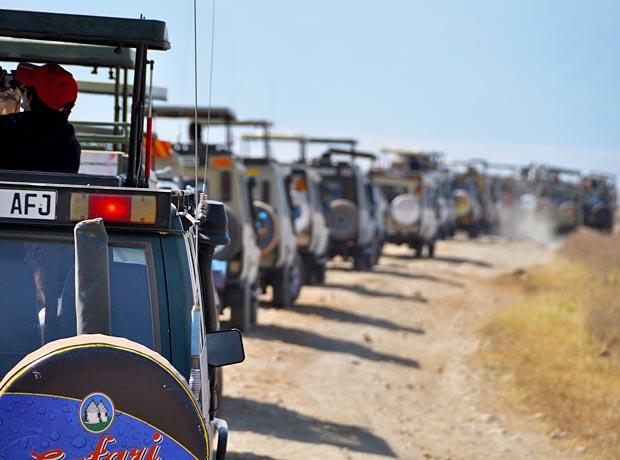
I usually tell my guests: if you can recognise a rhino without using a pair of binoculars, then it is considered a close sighting.
Depending on the season, you will be more or less likely to spot a rhino. In my experience, January to March is one of the best times to see rhinos in the Ngorongoro Crater. Food is of abundance and it’s sunny and hot, which the rhinos like.
In the cooler months, they tend to spend most mornings hidden and secluded from the cold winds. That being said, I had one of the closest encounters with a rhino in August, a colder month in Tanzania! We were on a game drive and already in the early morning hours we had spotted a rhino some 700 metres away. The day continued and to our disappointment we heard over the radio that a rhino was spotted crossing a road far from our location. Our guide told us not to worry and said in true Tanzanian style: “If it’s meant to be, we will have our own rhino crossing.”
The day progressed and still no rhino in sight. Eventually, time was running out and we decided to call it a day. On our way out, however, there stood a rhino some 400 metres from the road! We stopped and watched in awe. One step after another the rhino got closer and closer. Before we knew it, there it was, right in front of our Land Cruiser.
It stopped for a second to strike a pose and continued to cross the road.
Amazingly, we were the only vehicle on the scene and it was as if our guide had called the rhino and told him to wait for us at the side of the road!
Smiling from ear to ear, we continued our journey to the lodge not believing what we had just witnessed.
It is sightings like these that make me love the bush even more, always knowing in the back of your mind, that you never know what you will experience behind the next bush!
 on Tripadvisor
on Tripadvisor

